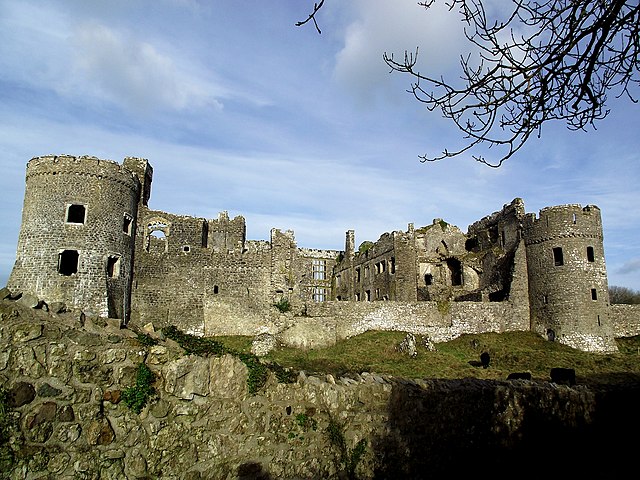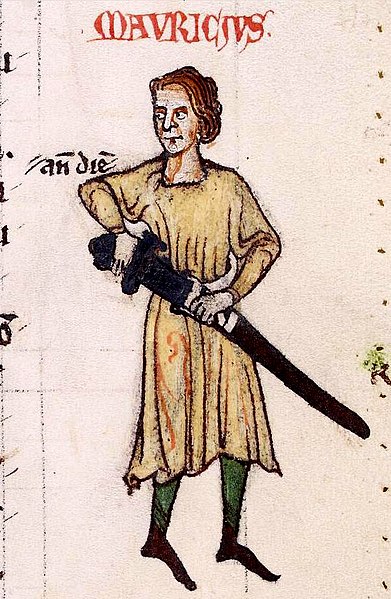The FitzGerald dynasty is a Hiberno-Norman noble and aristocratic dynasty, originally of Cambro-Norman and Anglo-Norman origin. They have been peers of Ireland since at least the 13th century, and are described in the Annals of the Four Masters as having become "more Irish than the Irish themselves" or Gaels, due to assimilation with the native Gaelic aristocratic and popular culture. The dynasty has also been referred to as the Geraldines and Ireland's largest landowners. They achieved power through colonisation and the conquest of large swathes of Irish territory by the sons and grandsons of Gerald de Windsor. Gerald de Windsor was the first Castellan of Pembroke Castle in Wales, and became the male progenitor of the FitzMaurice and FitzGerald Dynasty. His father, Baron Walter FitzOther, was the first Constable and Governor of Windsor Castle for William the Conqueror, and was the Lord of 38 manors in England, making the FitzGeralds one of the "service families" on whom the King relied for his survival. Some of its members became the Black Knights, Green Knights and White Knights.

Windsor Castle, a residence of William the Conqueror first held by Gerald de Windsor's father and brother
Carew Castle, initially built by Gerald de Windsor, estate part of Princess Nest dowry
Carton House was the ancestral seat for over 700 years of the Dukes of Leinster
Maurice FitzGerald, Lord of Lanstephan, progenitor of the Irish Geraldines, from a manuscript of the Expugnatio Hibernica, an account of the 1169 invasion of Ireland written by Maurice's nephew, Gerald of Wales, in 1189.
Hiberno-Normans, or Norman Irish, refer to Irish families descended from Norman settlers who arrived during the Anglo-Norman invasion of Ireland in the 12th century, mainly from England and Wales. During the High Middle Ages and Late Middle Ages, the Hiberno-Normans constituted a feudal aristocracy and merchant oligarchy, known as the Lordship of Ireland. The Hiberno-Normans were also closely associated with the Gregorian Reform of the Catholic Church in Ireland and were responsible for the emergence of Hiberno-English.
The Pale in 1488
Monument marking the site of the capture and execution of the Earl of Desmond James FitzMaurice FitzGerald in Glanageenty forest, County Kerry.
Kilkenny Castle, seat of the General Assembly of the Irish Confederacy (1642-1652), an independent government composed of Gaelic and Old English Catholic aristocrats
Maurice FitzGerald, Lord of Maynooth, Naas, and Llansteffan, progenitor of the Irish FitzGerald dynasty







